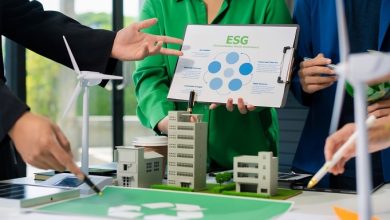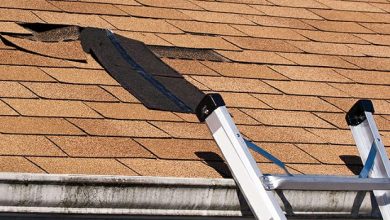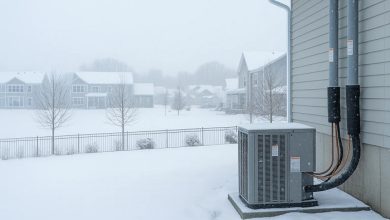
Rainwater collects pollutants like oil, chemicals, litter, and sediment as it flows over urban and industrial areas, draining into rivers, lakes, and oceans without proper treatment. With increasing urbanization and industrial activity, the effects on ecosystems, drinking water, and public health are worsening. Contaminated stormwater harms aquatic life, disrupts ecosystems, and degrades water quality.
What is Stormwater Pollution?
Stormwater pollution occurs when rainwater runoff collects pollutants as it flows through urban areas and other landscapes, eventually ending up in streams, rivers, lakes, and oceans. Unlike wastewater from homes or industries, stormwater is often untreated. This means that the pollutants carried by stormwater, including litter, chemicals, and nutrients, directly enter our natural water bodies.
Why Does it Matter?
Polluted stormwater can harm aquatic ecosystems, disrupt water quality, and even pose health risks to humans. These consequences underline why addressing stormwater pollution is essential for maintaining a cleaner, healthier environment.
Common Causes of Stormwater Pollution
To tackle stormwater pollution effectively, it’s vital to understand its primary sources. Here are some of the common contributors:
1. Urban Runoff
Cities and towns with paved surfaces like roads, parking lots, and rooftops create impervious layers that prevent water infiltration. Rainwater washes over these surfaces, collecting oil, grease, heavy metals, and trash along the way.
2. Industrial Discharges
Industrial sites are often hotspots for pollutants like chemicals, hazardous materials, and sediments. Without proper containment and disposal practices, these contaminants can be carried away by stormwater into nearby streams and rivers.
3. Agricultural Activities
Agriculture contributes to stormwater pollution through fertilizers, pesticides, and animal waste. These substances often seep into waterways, leading to issues like algal blooms and water contamination.
4. Deforestation
Deforestation contributes to stormwater pollution by reducing the vegetation that naturally absorbs and filters rainfall. When trees and plants are removed, the bare soil becomes vulnerable to erosion, allowing sediments to be washed into waterways during storms. Reduced vegetation means a diminished capacity to slow down and soak up rainfall, increasing runoff volume and carrying pollutants like debris and chemicals into nearby water systems.
Effects of Stormwater Pollution
Stormwater pollution isn’t just a problem for our waterways—its impacts are far-reaching.
On Ecosystems
Polluted water impacts aquatic habitats, often leading to reduced biodiversity. When excess nutrients from fertilizers enter rivers and lakes, they cause algal blooms that deplete oxygen levels, making it difficult for aquatic life to survive.
On Water Quality
Litter, chemical spills, and untreated runoff can degrade the quality of water in lakes and rivers, making it unsafe for fish, recreation, and even consumption.
On Human Health
Polluted stormwater can carry harmful pathogens and bacteria that affect public health in communities relying on local water sources.
Solutions and Best Practices
Addressing stormwater pollution requires coordinated efforts between individuals, communities, and policymakers. Here are a few effective strategies:
Implement Green Infrastructure
Technological and engineering solutions like green roofs, rain gardens, and permeable pavements help retain rainwater where it falls, reducing the volume and velocity of runoff. These solutions also filter pollutants before the water reaches natural waterways.
Raise Public Awareness
Education campaigns can inform communities about the importance of proper waste disposal and water-friendly landscaping. When individuals understand their role, they’re more likely to take action, such as using fewer harmful chemicals or picking up litter.
Enforce Regulatory Measures
Government regulations, like clean water permits and stormwater management ordinances, play a critical role in ensuring industries, municipalities, and individuals comply with practices that prevent pollution.
Services
Professional environmental services can aid in addressing stormwater management and pollution. Consulting firms offer services like water quality testing, watershed assessments, and sustainable infrastructure design to protect water resources. They also provide regulatory guidance and tailored strategies, including SWPPP in Idaho, to help communities and businesses maintain ecological balance.
Conclusion
Stormwater pollution is a challenge we must tackle together. As individuals, you can start with simple actions like reducing your use of fertilizers, properly disposing of waste, and supporting community clean-ups.




